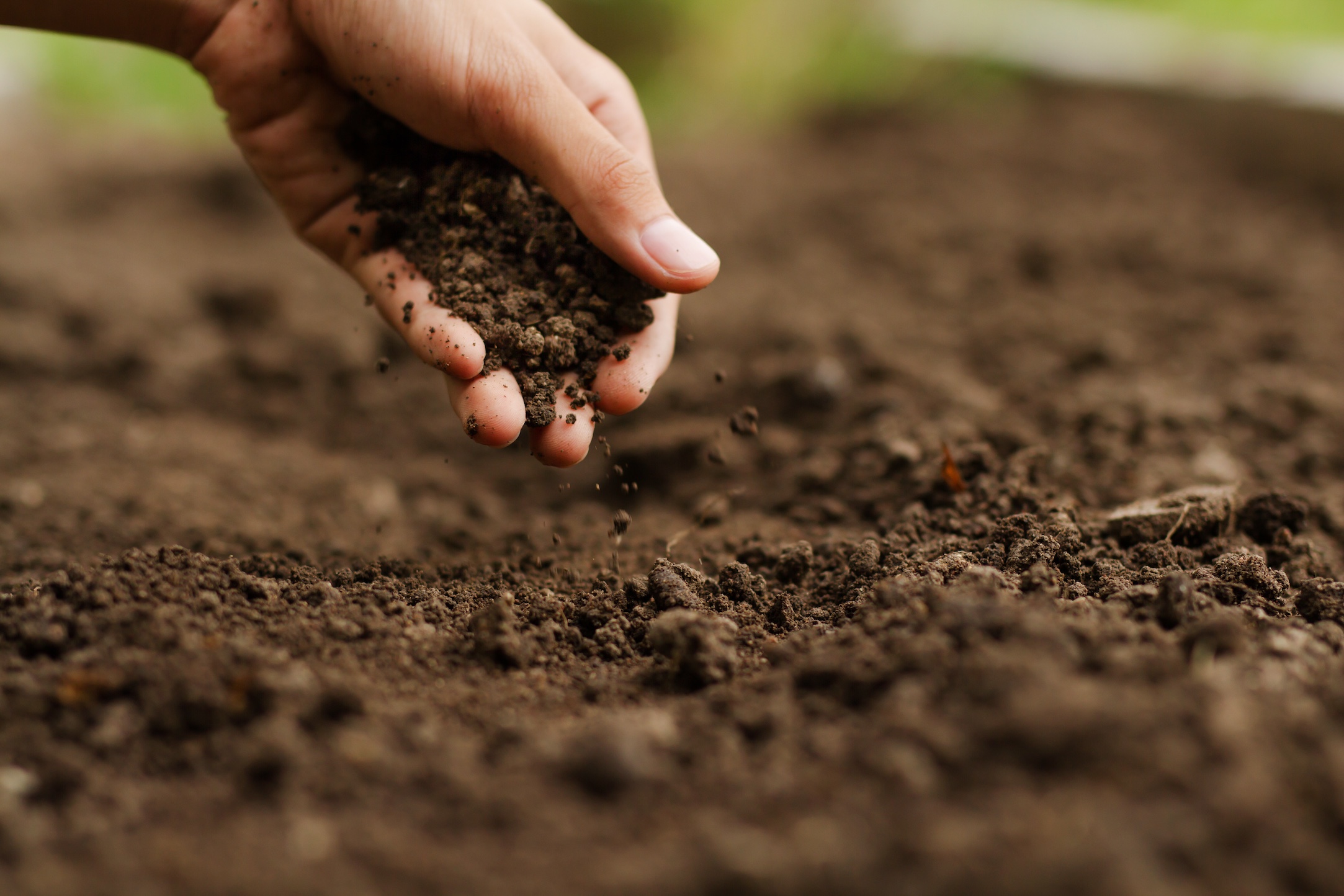Preparing Late-Season Soil for Spring Success
During the late growing seasons, it may be difficult to start thinking about the spring growing season, but this is an essential time to start preparing your soil for success in the following year.

Before your garden is put to bed for winter, remember to take care of your soil. Healthy soil is the key to a healthy garden. Now would be a great time to test your soil and determine which, if any, specific nutrients should be added to your soil. Your county extension agents will be able to tell you if you need to add lime to increase the pH of your soil, and determine timing for application. Levels of soil acidity can vary greatly depending on where you live, so it's best to confer with representatives familiar with your growing area.
Vegetable Garden
After all the debris is removed from your garden, it's time for soil amendment. Adding organic matter to your soil in the fall allows the nutrients and water times to be absorbed into your garden. One of the cheapest and easiest ways to add organic material is to make use of your fallen leaves. Shred the leaves with your mower (a huge pile of leaves reduces to a mere fraction of its former size after mulching), then dig several inches of the leaves into the top 8-12 inches of your garden with a spade or shovel. (An alternative method is to rake your leaves into your garden, and then shred them right over the soil's surface).
As the leaves decompose, the drainage of your soil will be improved, and digging and planting will become easier as the soil becomes friable. In addition to fallen leaves, you can add composted material from your pile, fully composted manure, and pesticide-free grass clippings. These organic materials are also very helpful in soil that contains a lot of clay. Never add sand to soils with a lot of clay, or you'll end up with soil with the consistency of concrete.
Frequently used pathways throughout your garden can become compacted. Once the soil is compacted and hard, water and air can't be efficiently absorbed. A simple shovel, spading fork or cultivating tool will break up the soil easily in most home-sized garden beds. For best results, cultivate your garden when soil is dry. Tilling and cultivating wet soil forms hard clumps that are harder to break up in the spring.
Cover Crops
Another useful way to improve the soil in your vegetable garden is to plant a cover crop. These plants grow quickly from seed and prevent weeds from growing, while making your soil more fertile. A layer of “green manure" on the top layer of your garden will help control erosion and prevent extreme shifts in ground temperature. In mid-September, spread winter rye seed in your garden (1/5-1/3 pounds per 100 square feet). The plants need to be established before a hard freeze, so timing your planting is important. In the spring, as soon as you can work the soil, incorporate the cover of rye into the soil.
Perennial Beds
After all the large debris is cleaned out, add shredded leaf mulch, grass clippings and compost around the plants to help amend the soil and provide a nutrient boost. Work in the amendments around the plants as much as possible, without disturbing delicate plant roots. Add an additional layer on top of the soil to act as mulch and winter protection.
Shrubs
Do not fertilize in the fall to limit growth during the winter. A soil test will tell you if fertilizer and soil amendments are needed in the spring. Unlike your vegetable garden, you will want to remove large quantities of leaves around your shrubs. Thick layers of organic matter in and around shrubs could harbor nesting unwanted animals, which could cause damage to plants during the winter.












